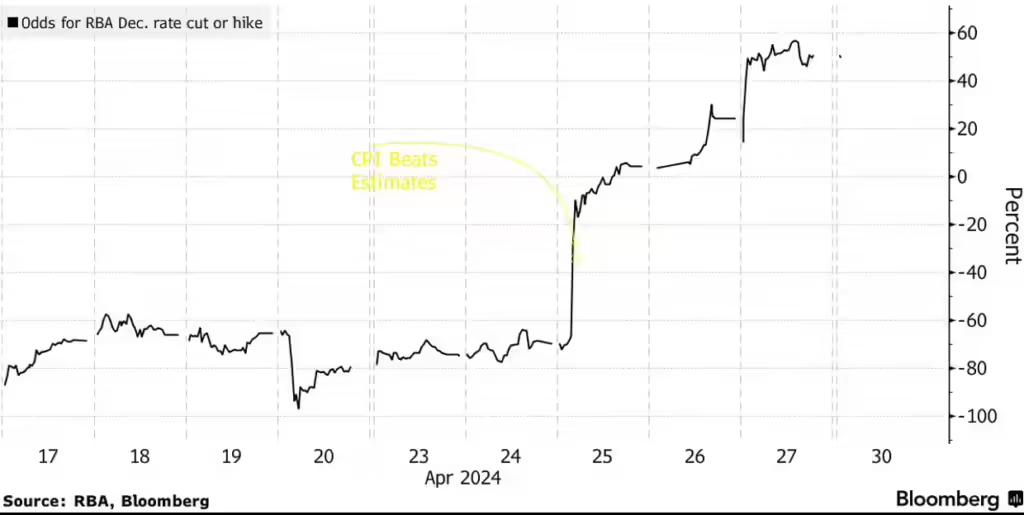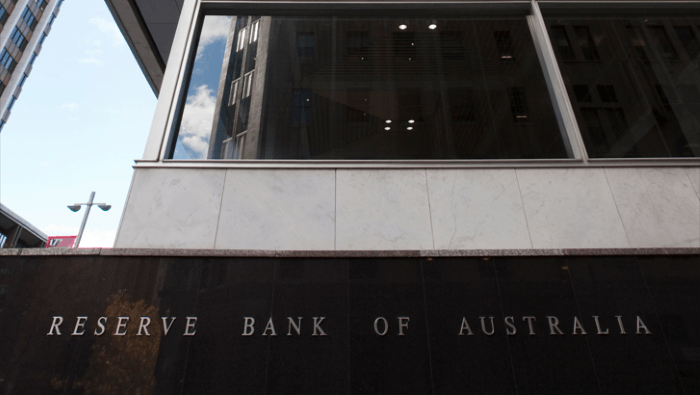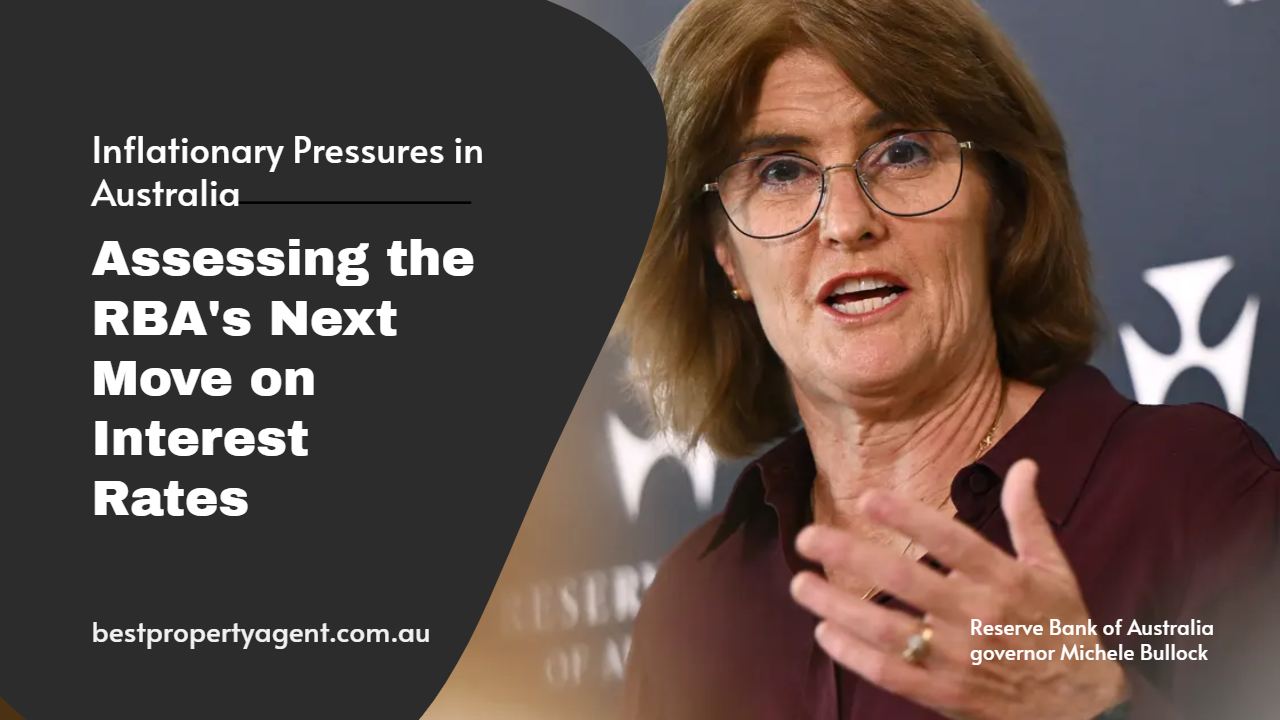Sell Smarter, Not Harder: Maximizing Gains in Australia’s High-Inflation Property Scene
Inflation in Australia remains steadfast, prompting speculation about the Reserve Bank of Australia’s (RBA) impending steps regarding interest rates. As the nation navigates through economic intricacies, could another rate hike be imminent?
Amidst waning hopes for a potential rate cut, uncertainty looms over the possibility of another increase before the culmination of 2024.
With recent economic indicators diverging from initial forecasts, thoughtful deliberation unfolds within the corridors of the RBA.
As expectations for a rate reduction fade, speculation mounts about a potential increase by the end of 2024. What factors will sway the Reserve Bank’s decision?
Positive signs of inflation improvement have been eclipsed by unexpectedly robust figures for the March quarter.
Analysts now contemplate whether the Reserve Bank’s forthcoming move will lean towards reducing or elevating the cash rate.
The RBA board is set to receive briefings for its 6-7 May meeting, featuring fresh updates on the central bank’s primary projections.
Is the RBA going to raise its cash rate soon?
Currently, the RBA’s cash rate stands at 4.35%, and there haven’t been recent adjustments. Market sentiment leans towards the belief that the RBA won’t raise the rate this month. However, if they do, it would mark the 14th increase in two years, diverging from the trend set since November.
Following the release of the latest Consumer Price Index (CPI) figures in March, prospects for an imminent rate reduction appear diminished. Bloomberg reports an increasing number of individuals betting on a rate hike by the end of 2024.
While most experts don’t anticipate an immediate rate increase, Capital Economics presents a dissenting view, suggesting the possibility of an increase as early as May.
Conversely, the major four banks predict that the RBA won’t raise the rate next, forecasting a decrease by Christmas.

What indications has the RBA provided?
Since March 18-19, the central bank has maintained a relatively low profile, refraining from significant public engagements or scheduled speeches before the upcoming meeting next week.

However, RBA governor Michele Bullock emphasized that the battle against inflation remains ongoing, underscoring the delicacy of the current economic situation.
Previously, speculation leaned towards potential rate cuts, but recent RBA statements adopt a more neutral tone, refraining from explicit commitments regarding future monetary policy adjustments.
Moreover, minutes from the March meeting deviate from the norm, focusing solely on maintaining the current cash rate, rather than hinting at potential changes.
Why Push for Another Interest Rate Hike?
Warren Hogan, chief economic adviser at Judo Bank, suggests that the RBA may consider raising interest rates three times, reaching a total of 5.1%. This move aims to preemptively address concerns regarding rapidly increasing prices (inflation), which could destabilize the economy.
Hogan points to recent positive economic indicators, including robust job creation figures in March and an unexpected drop in the unemployment rate in February, as indications of economic resilience. Business sentiment surveys also reflect growing confidence in the economic outlook.
However, he cautions that balancing inflation control without triggering a recession presents a formidable challenge, one that necessitates careful monetary policy adjustments.
Why the RBA Might Choose to Wait
Advocates for cautious monetary policy argue that recent inflation data, though slightly higher than anticipated, remains within manageable levels. John Hawkins, a former economist and current faculty member at the University of Canberra, notes that while inflation exceeded previous projections, the pace of increase indicates progress towards the target range of 2 to 3%.
Additionally, consumer spending trends, exemplified by a decrease in March retail sales despite earlier expectations of growth, suggest subdued economic activity. Hawkins underscores that while inflationary pressures persist, they are not escalating rapidly.
He emphasizes the unique nature of Australia’s economic context, cautioning against wholesale adoption of policy responses from other countries, such as the United States.
What factors should we be attentive to?
In assessing the RBA’s upcoming decisions, attention should be directed towards Governor Bullock’s statements during the May 7 press conference, following the bank’s meeting.
Key considerations include discussions on potential cash rate adjustments and the factors influencing future monetary policy decisions leading up to the June 17-18 meeting.
Additional insights may emerge following the government’s budget announcement on May 14, which could impact inflationary pressures, particularly in the lead-up to an election.
Furthermore, the release of wage data for the March quarter on May 15 will provide valuable insights into household income dynamics. Any significant deviations from expectations could influence the RBA’s stance on interest rates.
While current projections indicate stability in unemployment rates, changes in economic forecasts could prompt revisions in monetary policy strategies.
Ultimately, the trajectory of inflation and its alignment with the RBA’s target range of 2 to 3% will guide future policy decisions, shaping the economic landscape in the months ahead.
[Source: The Guardian.com]
Thinking about selling your house or land in Australia?
Look no further! Our team at Best Property Agents is here to assist you every step of the way. With our expertise and dedication, we’ll help you navigate the process smoothly and achieve the best possible outcome. Contact us now to get started and sell your property with confidence!

At Best Property Agents,
Disclaimer: The information provided is for general informational purposes only and should not be construed as financial advice. Always consult with a qualified financial advisor before making any investment decisions.


